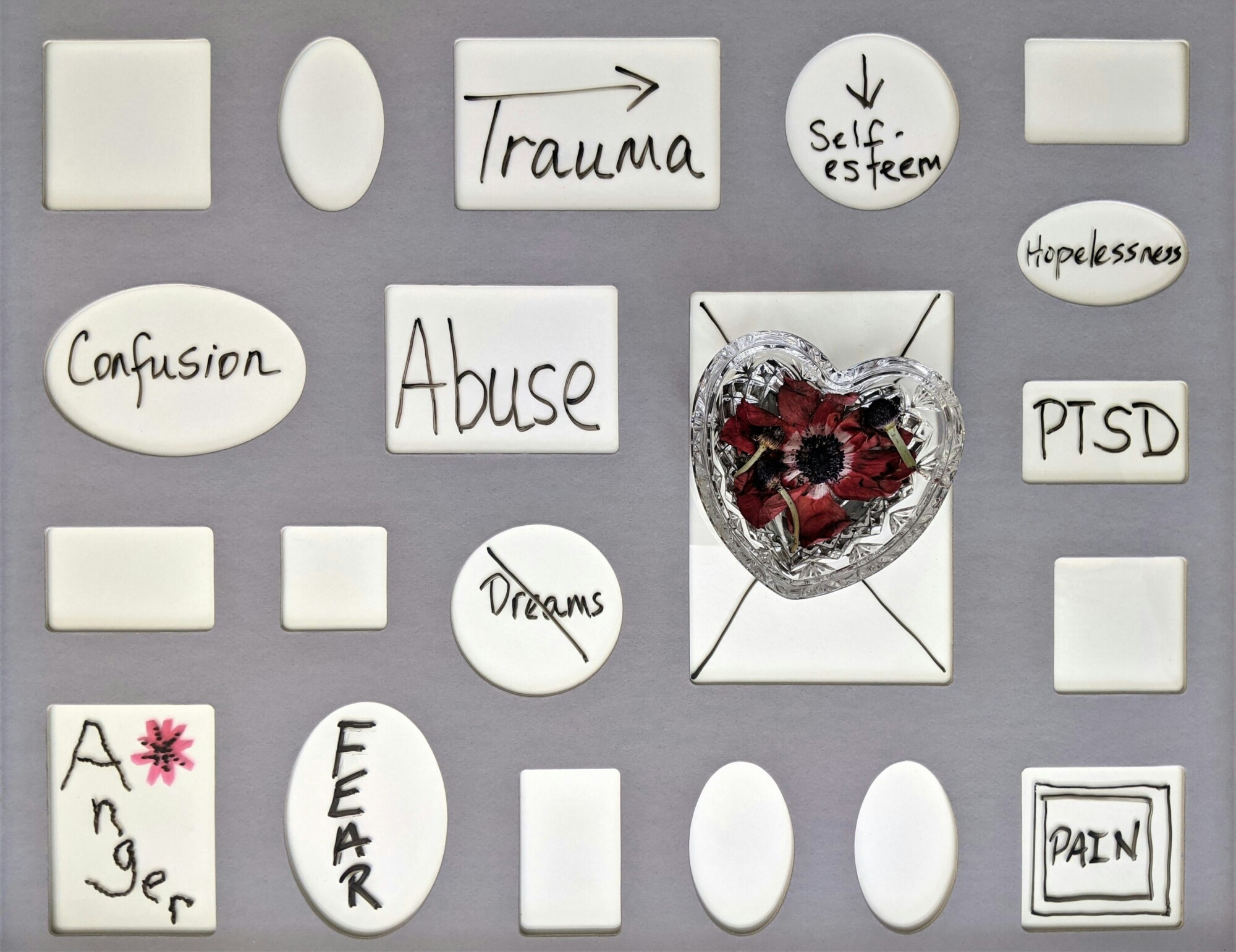Finding the right approach and care for your mental health can feel like navigating a maze. There are so many different treatment options and every one of them claims to be the best. Knowing which one is the best for you can require some guidance. One increasingly popular option is Eye Movement Desensitization and Reprocessing (EMDR) therapy, known for its effectiveness in addressing trauma and anxiety. But how do you know if it’s the right time to explore EMDR therapy?
Before delving into when to seek EMDR therapy, let’s briefly understand what it entails. Developed by Francine Shapiro in the late 1980s, EMDR therapy integrates elements of cognitive therapy, exposure therapy, and bilateral stimulation to help individuals process distressing memories and experiences. Through guided sessions, clients reprocess traumatic memories, reduce negative emotions associated with them, and develop healthier coping mechanisms.
EMDR includes very brief exposure in the form of thinking back on a memory, as opposed to the more intense exposure of something like flooding in which you’d be prompted to remember and re-experience every detail of the incident. Re-living every detail can be re-traumatizing and is not necessary for effective trauma treatment!
As EMDR treatment progresses, your brain integrates adaptive networks with maladaptive networks, and you’ll notice more neutral or healing thoughts and cognitions regarding the incident. This may look like remembering a scary incident and realizing that you did what you could and you cannot be responsible for others.
You’ll know if EMDR might be helpful if you notice any of the following—even if you feel they’re not connected to specific memories or experiences.
Lingering Effects of Trauma:
If you find yourself grappling with persistent distress, anxiety, or intrusive thoughts stemming from past traumatic experiences, EMDR therapy may be beneficial. Whether it’s a single traumatic event or prolonged exposure to adverse circumstances, unresolved trauma can significantly impede your quality of life.
Recurring Patterns of Behavior:
Unresolved trauma often manifests in repetitive patterns of behavior or dysfunctional coping mechanisms. These may include avoidance, substance abuse, self-harm, or difficulties in forming and maintaining relationships. If you notice such patterns – or have worked on them before and they’re persisting despite efforts to address them through other therapeutic modalities – EMDR therapy could offer a fresh perspective.
Intense Emotional Reactivity:
Individuals struggling with trauma-related disorders often experience heightened emotional reactivity to triggers associated with their traumatic experiences. These triggers can evoke intense emotional responses, such as panic attacks, anger outbursts, or dissociative episodes. EMDR therapy aims to desensitize these triggers and diminish their emotional impact, fostering emotional regulation and resilience.
Stagnation in Traditional Therapy:
While traditional talk therapies can be invaluable in promoting insight and understanding, they may reach a point of stagnation when addressing deeply entrenched trauma. EMDR therapy complements traditional approaches by directly targeting the underlying mechanisms of trauma, facilitating profound shifts in perception and emotional processing.
Persistent Symptoms of PTSD:
Post-Traumatic Stress Disorder (PTSD) is characterized by a range of symptoms, including flashbacks, nightmares, hypervigilance, and emotional numbing. If you continue to experience these symptoms despite conventional treatments, EMDR therapy offers a specialized intervention designed to alleviate the distress associated with traumatic memories.
Desire for Resolution and Healing:
Perhaps the most compelling indicator that it’s time for EMDR therapy is a genuine desire to confront and resolve past traumas. While the prospect of revisiting painful memories may initially seem daunting, the potential for profound healing and liberation from the grip of trauma is immeasurable. EMDR also provides a contained space in which to revisit your memories – your therapist will make sure that you have a safe, secure space in which to experience emotions. You and your therapist will also work on grounding and self-care skills before addressing past traumatic or negative memories and experiences.
Recognizing when EMDR therapy is needed requires introspection, honesty, and a willingness to embark on a journey of self-discovery and healing. EMDR can be used for a wide range of issues – not just trauma-related symptoms or PTSD. EMDR therapy offers a path toward profound transformation, empowering individuals to transcend their past and embrace a future defined by resilience, growth, and inner peace.
If you have questions about EMDR, whether it may be helpful for you and your problems, or anything else, please feel free to reach out. I’m happy to chat and answer questions even if you’re not ready for a consultation or therapy.






